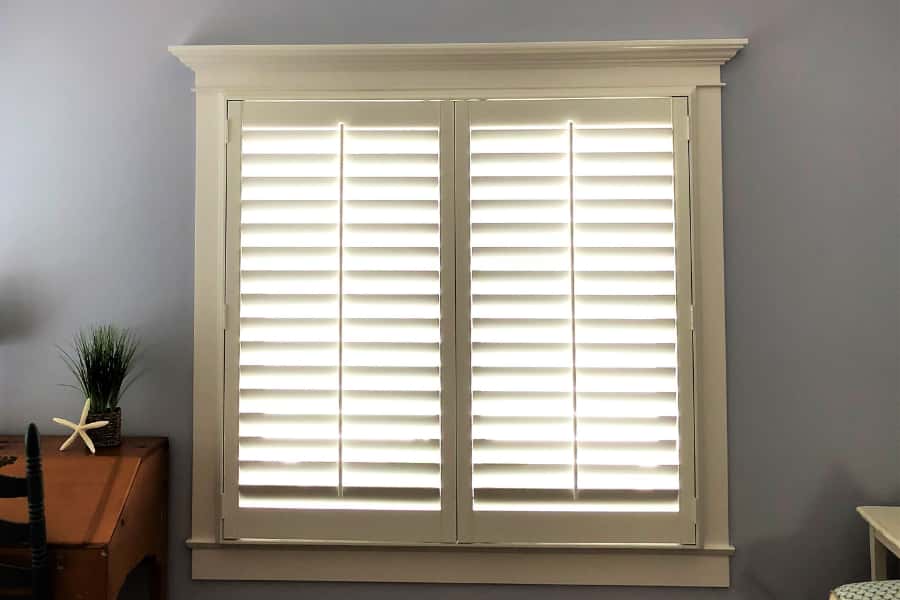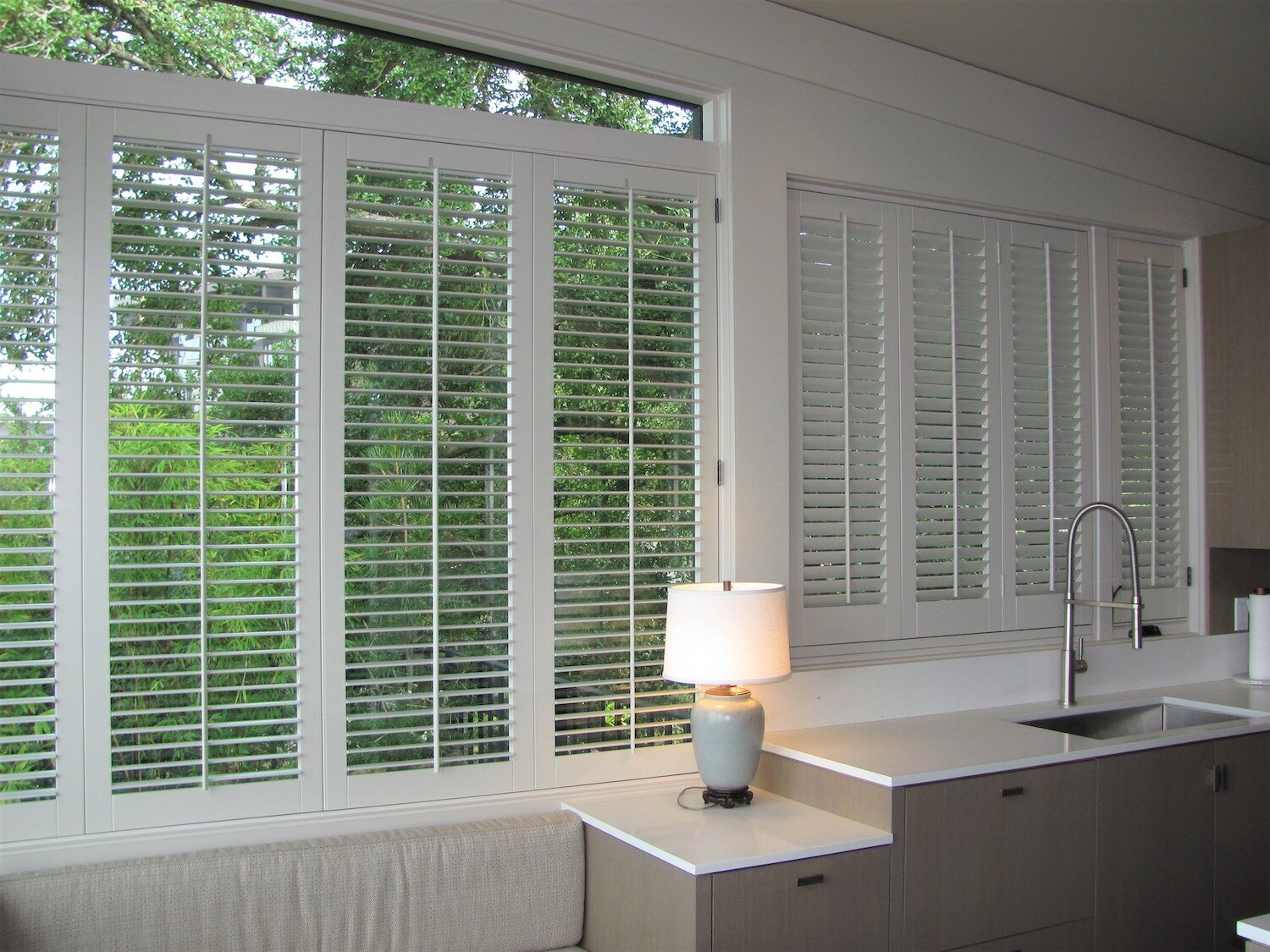Window Treatments Phoenix: Tailored Blinds, Shades, and Shutters
Window Treatments Phoenix: Tailored Blinds, Shades, and Shutters
Blog Article
What to Think about When Picking Between Blinds and Shutters for Your Windows: A Comprehensive Analysis of Each Choice's Advantages
Picking the right window treatment is a decision that transcends mere aesthetic appeals; it includes capability, upkeep, and long-term investment. Blinds provide a cost-efficient and flexible solution, while shutters offer exceptional toughness and design. Each choice boasts distinct benefits that merit careful consideration, particularly regarding how they align with your home's layout and your individual choices for personal privacy and light control. As we check out the crucial differences and advantages of both selections, recognizing these components will certainly be important in directing you toward a choice that fulfills your requirements and improves your space.
Secret Distinctions Between Shutters and blinds
Often, home owners discover themselves deliberating in between blinds and shutters when choosing home window therapies. Recognizing the essential distinctions in between these two alternatives can dramatically affect their decision-making procedure.
Blinds are typically made from products such as wood, fake wood, light weight aluminum, or vinyl. Blinds are often a lot more cost-effective, appealing to budget-conscious home owners.
In comparison, shutters are strong window coverings that can be custom-fitted to the home window structure. Shutters provide much better insulation and can boost the total energy effectiveness of a home.

Advantages of Blinds
Blinds use a flexible and useful solution for home owners looking for efficient window therapies. One of the key advantages of blinds is their adaptability to various designs and choices.
One more significant benefit of blinds is their simplicity of operation. Several modern-day blinds included easy to use mechanisms, consisting of cordless alternatives and mechanized systems, making them accessible for every ages. This comfort is improved by their ability to give specific light control, enabling homeowners to conveniently change the level of sunlight getting in a space.
Blinds also offer superb personal privacy choices, as they can be fully opened up, partially slanted, or totally closed, depending on the wanted degree of seclusion. They are typically a lot more cost-effective than shutters, supplying a budget-friendly option without giving up style or performance. Lastly, maintenance is simple, as the majority of blinds can be cleaned with a basic wipe-down, ensuring that they stay an appealing attribute in any home for many years ahead.
Benefits of Shutters
Shutters offer a distinctive set of advantages that make them an appealing option for house owners looking for sturdy and stylish window treatments. One of the primary benefits of shutters is their phenomenal resilience - shutters phoenix. Built from robust materials such as wood, vinyl, or composite, they are designed to withstand the examination of time and stand up to damages from UV rays, dampness, and temperature level changes
)
Shutters additionally supply improved privacy and light control. Property see this site owners can easily readjust the slats to accomplish the desired degree of brightness while maintaining personal privacy from the outside. Unlike blinds, which may droop or bend in time, shutters retain their form and functionality.
Moreover, shutters can raise the value of a residential or commercial property (shutters phoenix). Their timeless aesthetic and durability interest prospective customers, making them a beneficial financial investment. In summary, the durability, energy performance, privacy control, and possibility for enhanced residential or commercial property worth make shutters a compelling choice for home window treatments
Visual Considerations
When choosing home window treatments, visual considerations play a vital role in improving the overall style and setting of a space. Both shutters and blinds offer unique aesthetic characteristics that can match numerous interior styles, from contemporary to traditional.
Blinds usually give a sleek, minimalist appearance, conveniently available in a series of shades and materials. This adaptability permits property owners to collaborate blinds with existing style, creating a unified appearance. Their straight or vertical slats can include a modern side, making them suitable for metropolitan setups.
On the other hand, shutters exude a classic beauty that improves rustic and traditional interiors. Their solid structure and adjustable coatings, such as timber discolorations or painted choices, evoke a feeling of timelessness. Shutters can function as a statement item, attracting interest to the home window while using an upscale visual.
Inevitably, the selection in between blinds and shutters should reflect not only individual design but additionally the wanted ambience of the space. By very carefully taking into consideration just how each alternative straightens with the total layout vision, home owners can efficiently improve their area's aesthetic allure, making sure a harmonious and inviting setting.
Price and Maintenance Factors
Cost and upkeep are essential elements to think about when choosing in between blinds and shutters for home window treatments. Blinds are usually a lot more budget-friendly, with a variety of options get redirected here readily available at different price factors. Fundamental fabric or plastic blinds can be quite budget-friendly, while premium products like timber can elevate the price. Setup is usually uncomplicated, commonly enabling do it yourself techniques, which may additionally decrease expenditures.
In contrast, shutters tend to directory carry a greater preliminary cost due to their custom-made production and robust building and construction. This investment may produce lasting financial savings, as shutters are often much more long lasting and need much less constant substitute. They additionally offer exceptional insulation, potentially reducing energy expenses gradually.
Upkeep plays a substantial duty in the total price of home window therapies. Blinds generally call for normal cleaning and periodic cleaning, while shutters can be cleaned down with a moist fabric for cleaning, making them simpler to preserve. Furthermore, shutters are less susceptible to damage from UV rays and moisture, adding to their long life. Inevitably, the selection in between shutters and blinds need to stabilize both preliminary investment and ongoing maintenance requires to make sure a sufficient return on financial investment.
Verdict

Blinds present a cost-efficient and flexible service, while shutters use unparalleled resilience and style.Expense and upkeep are important facets to consider when choosing between blinds and shutters for window treatments. Blinds usually require regular dusting and occasional washing, while shutters can be wiped down with a damp cloth for cleaning, making them simpler to maintain. Ultimately, the choice between blinds and shutters should balance both initial investment and ongoing upkeep requires to make certain a sufficient return on financial investment.
In recap, the choice between blinds and shutters hinges on various variables, consisting of product structure, style flexibility, and cost.
Report this page